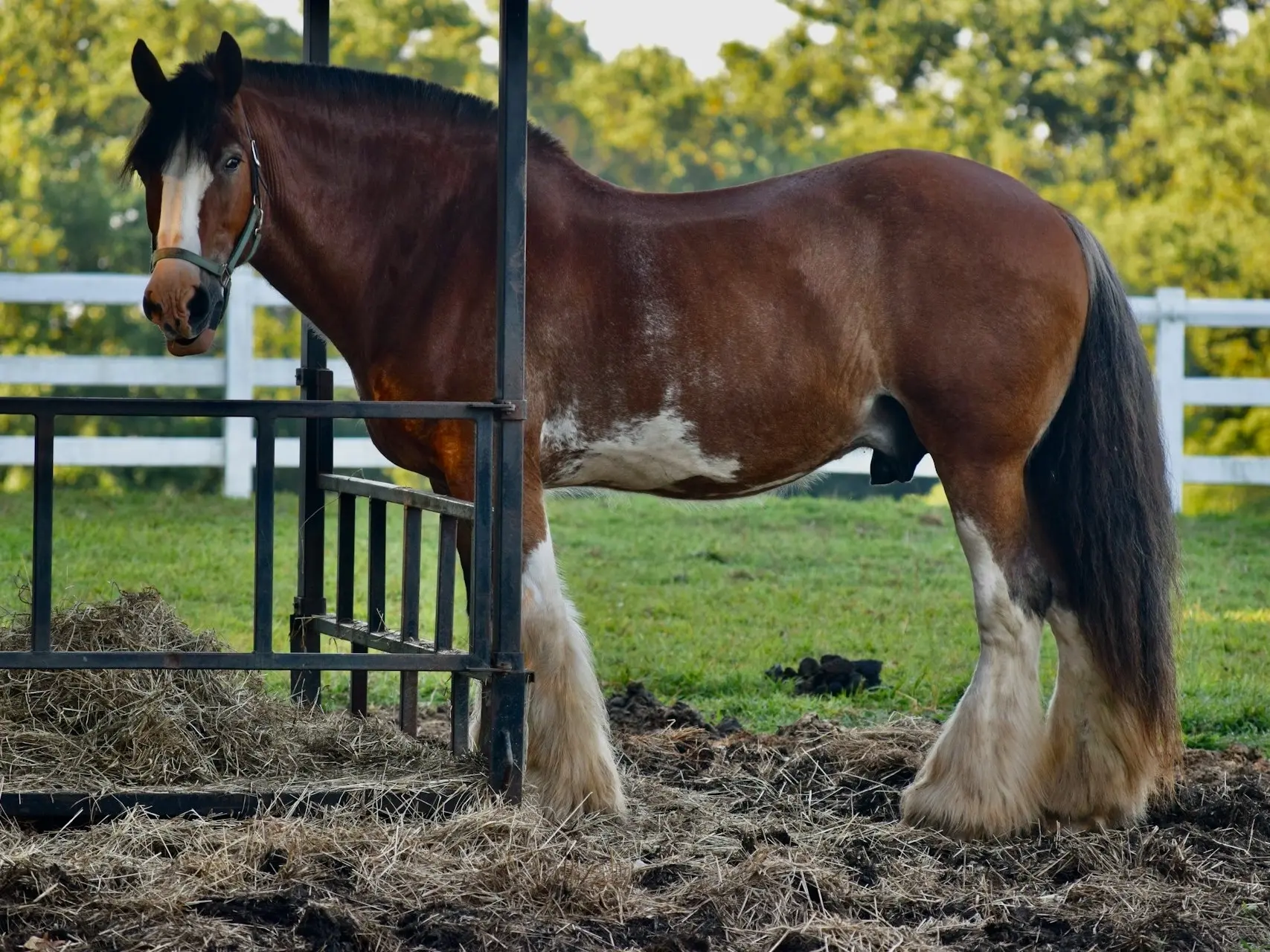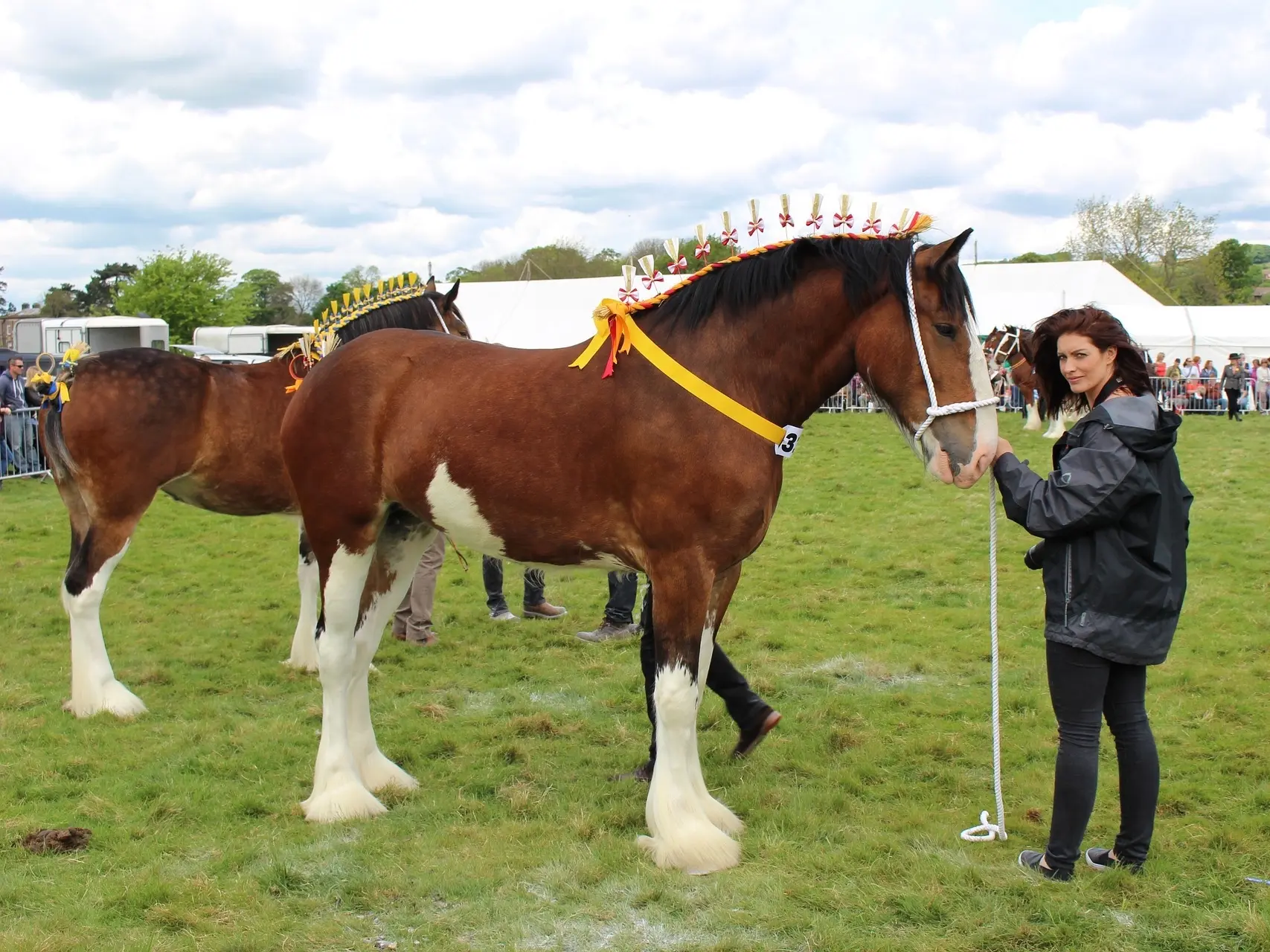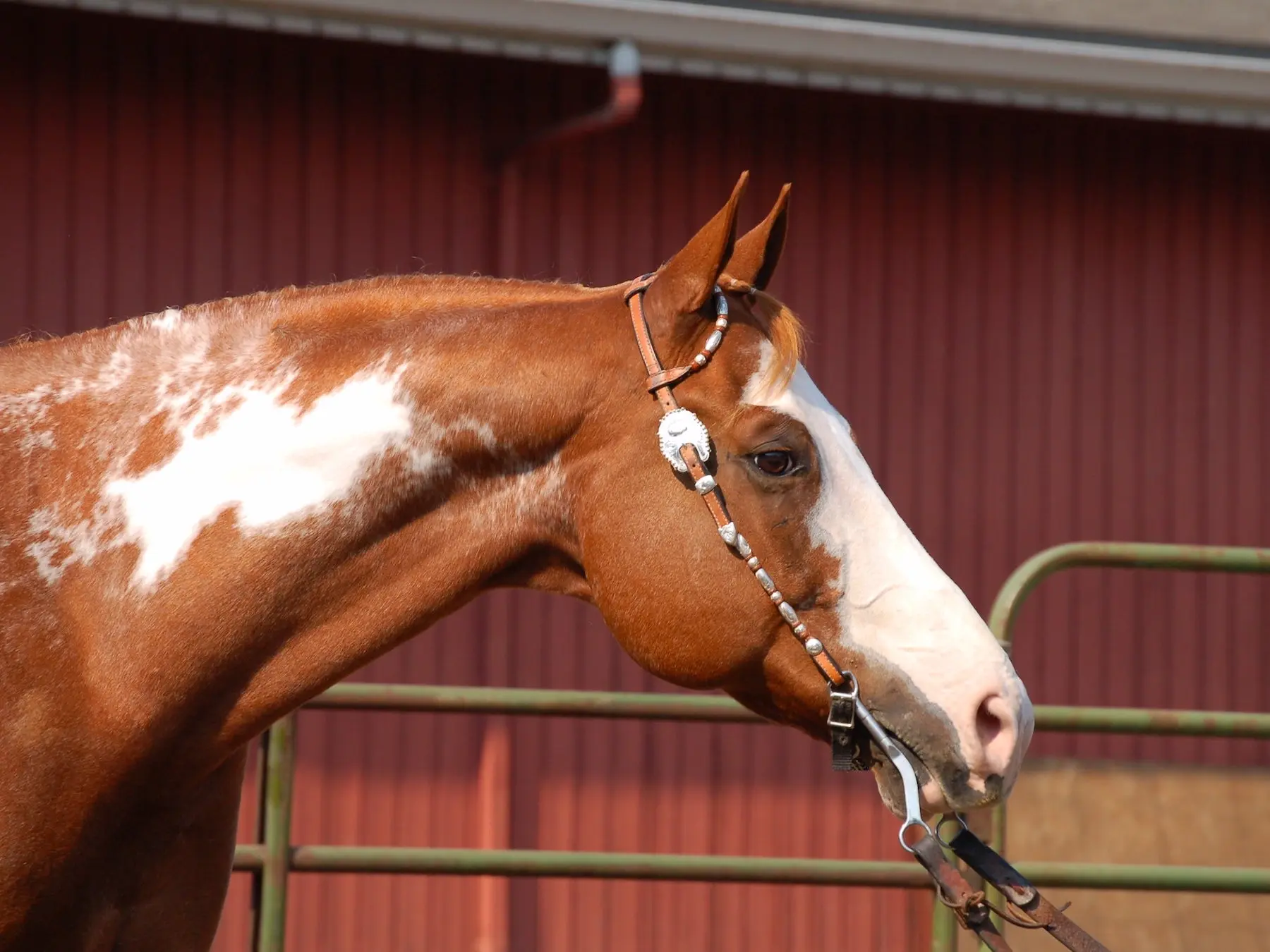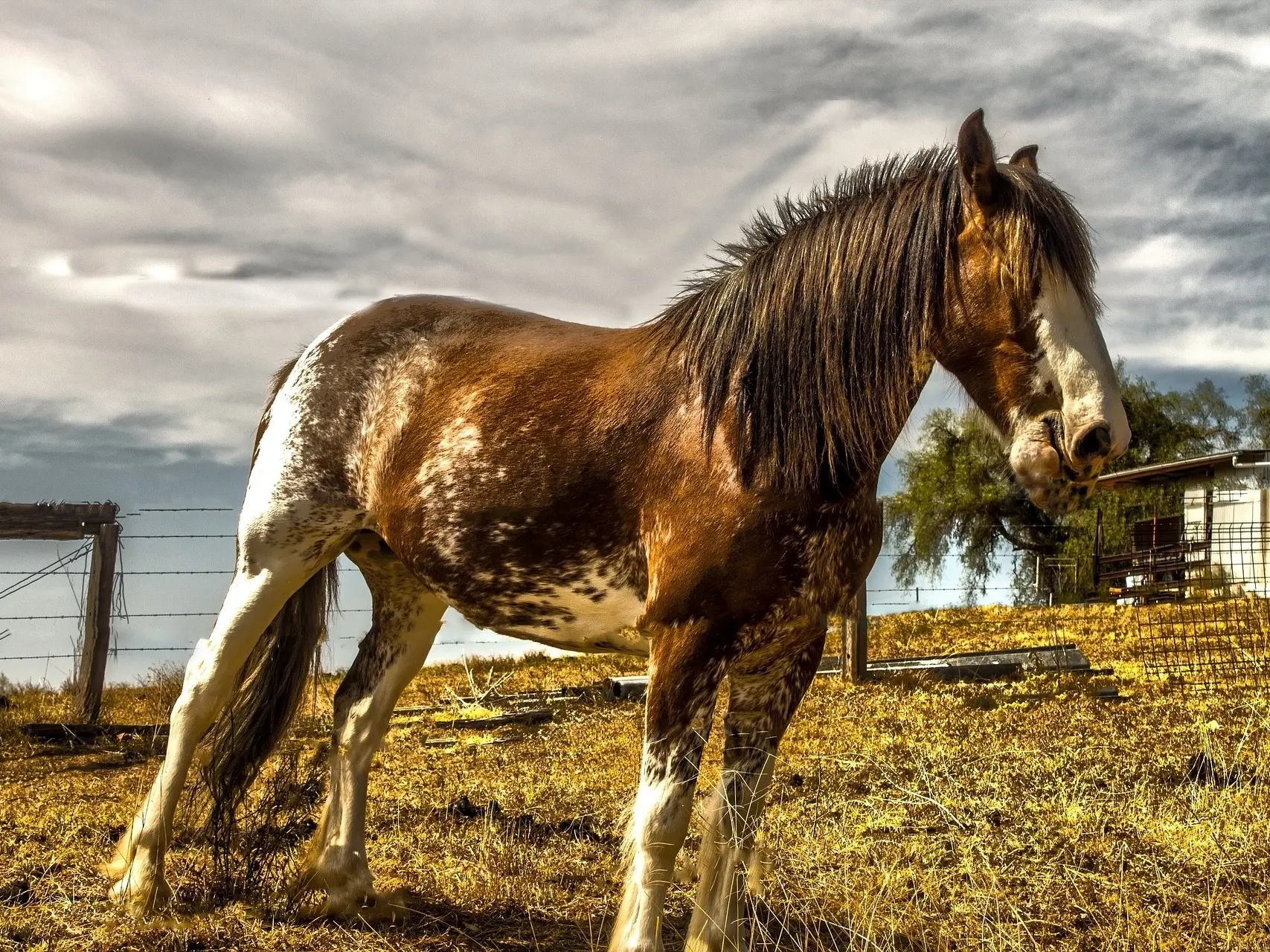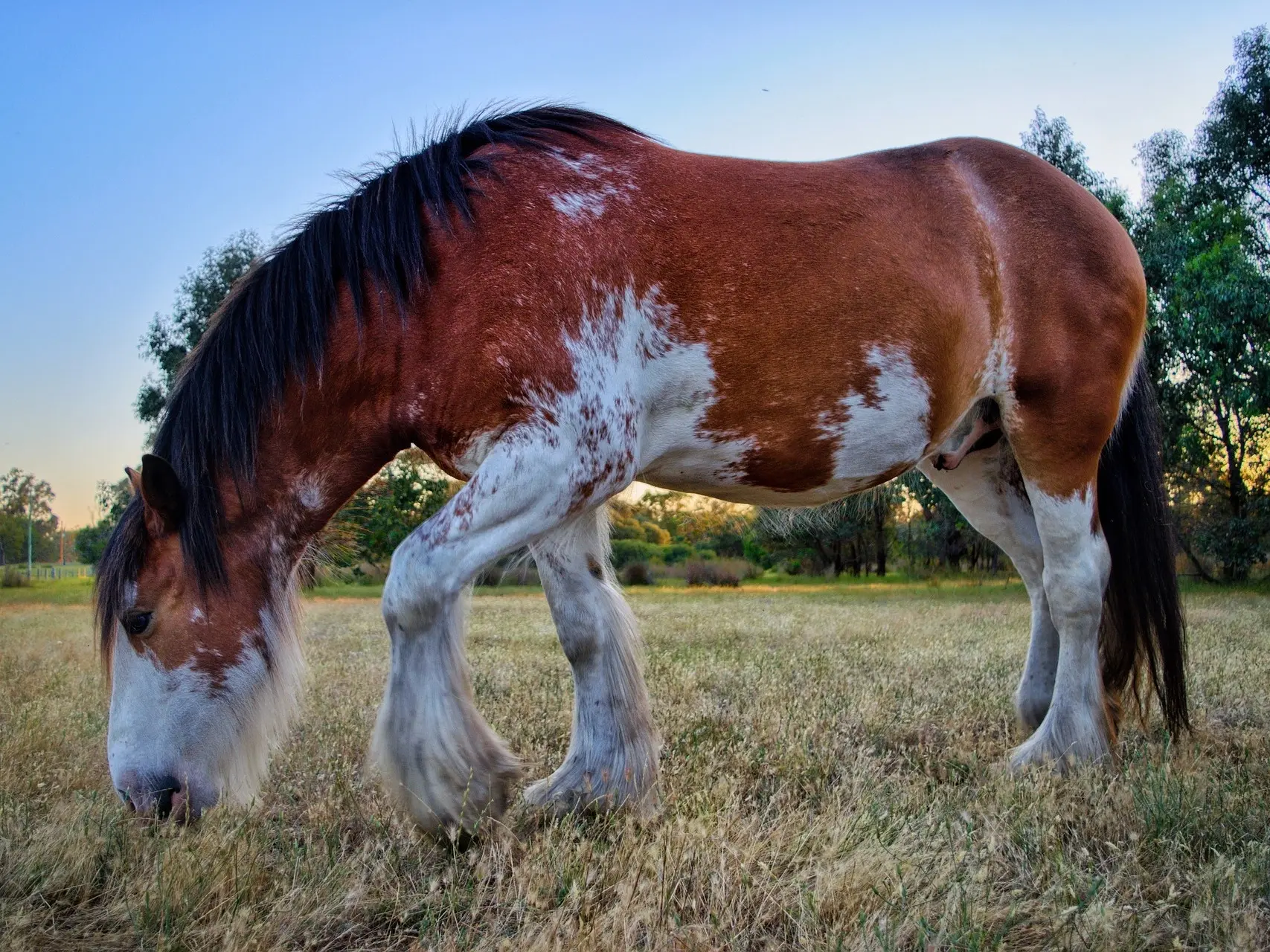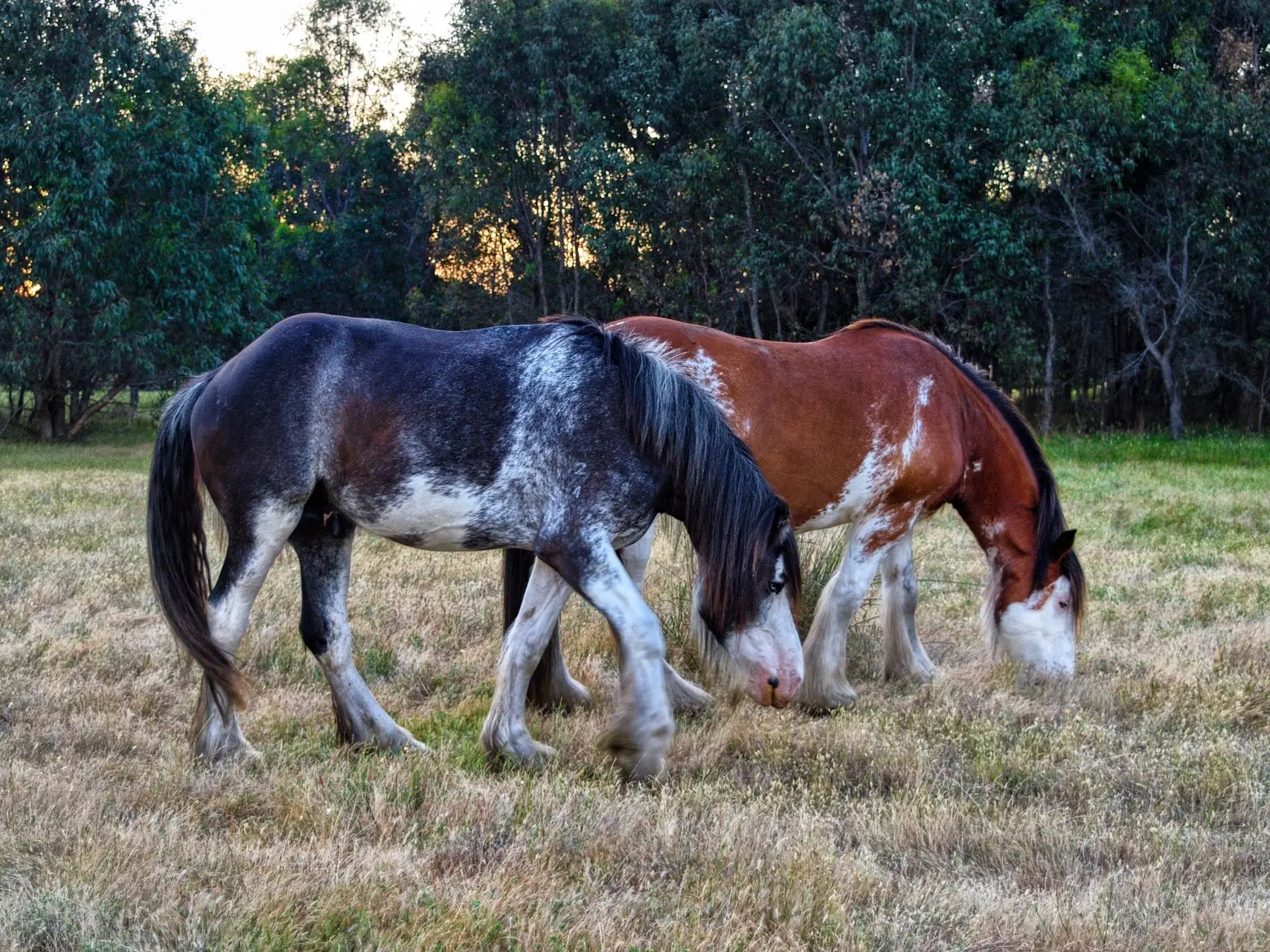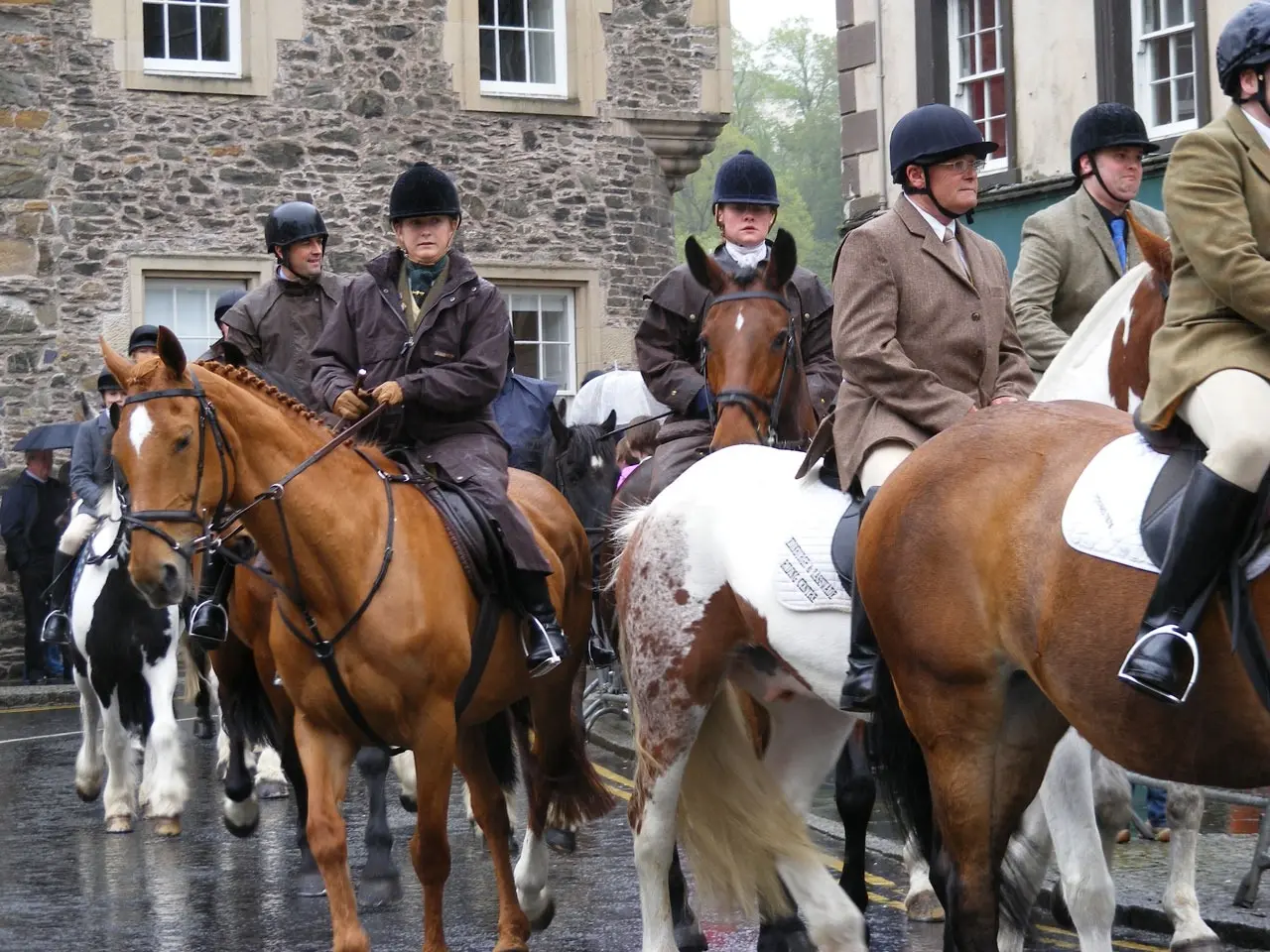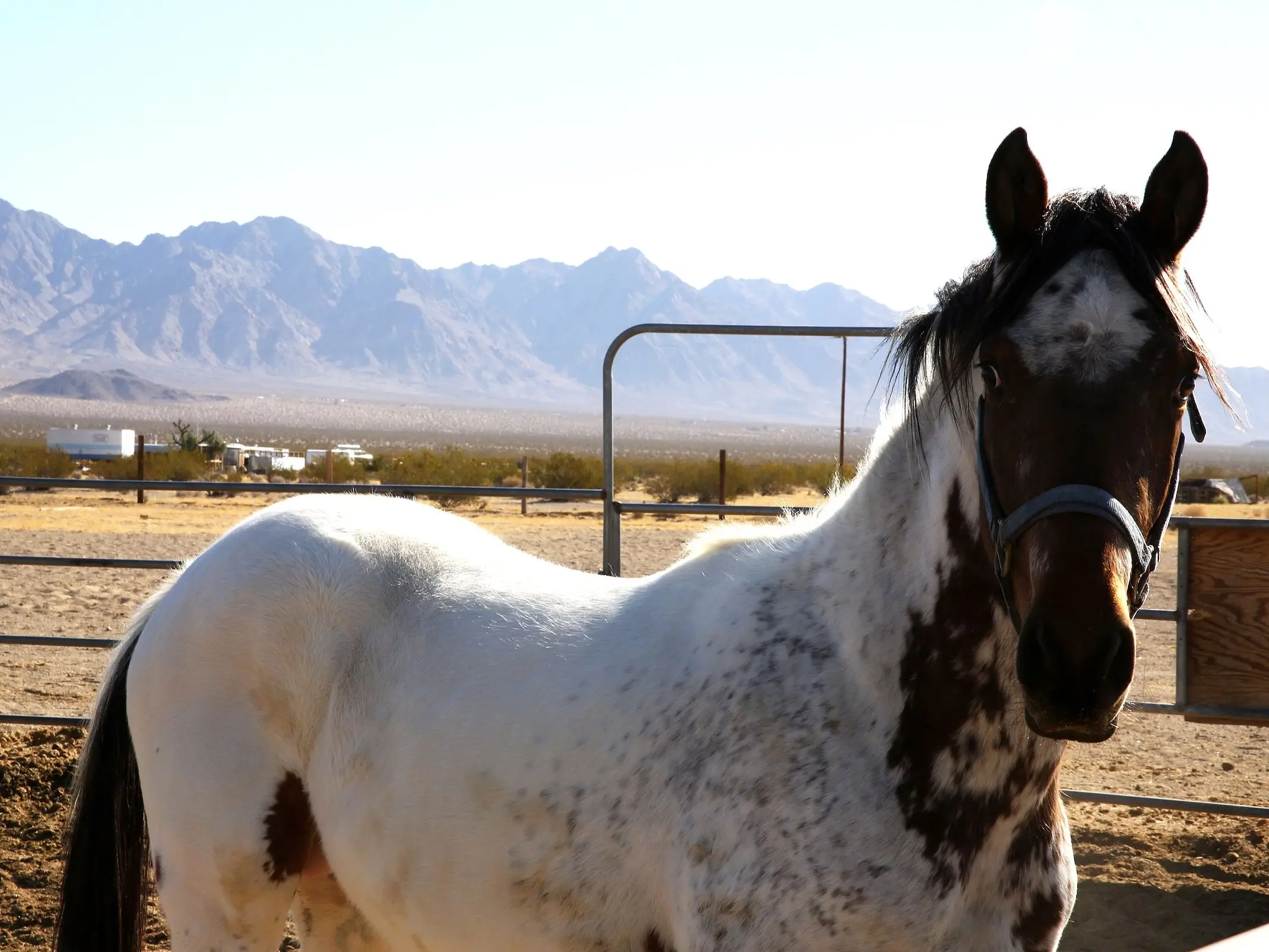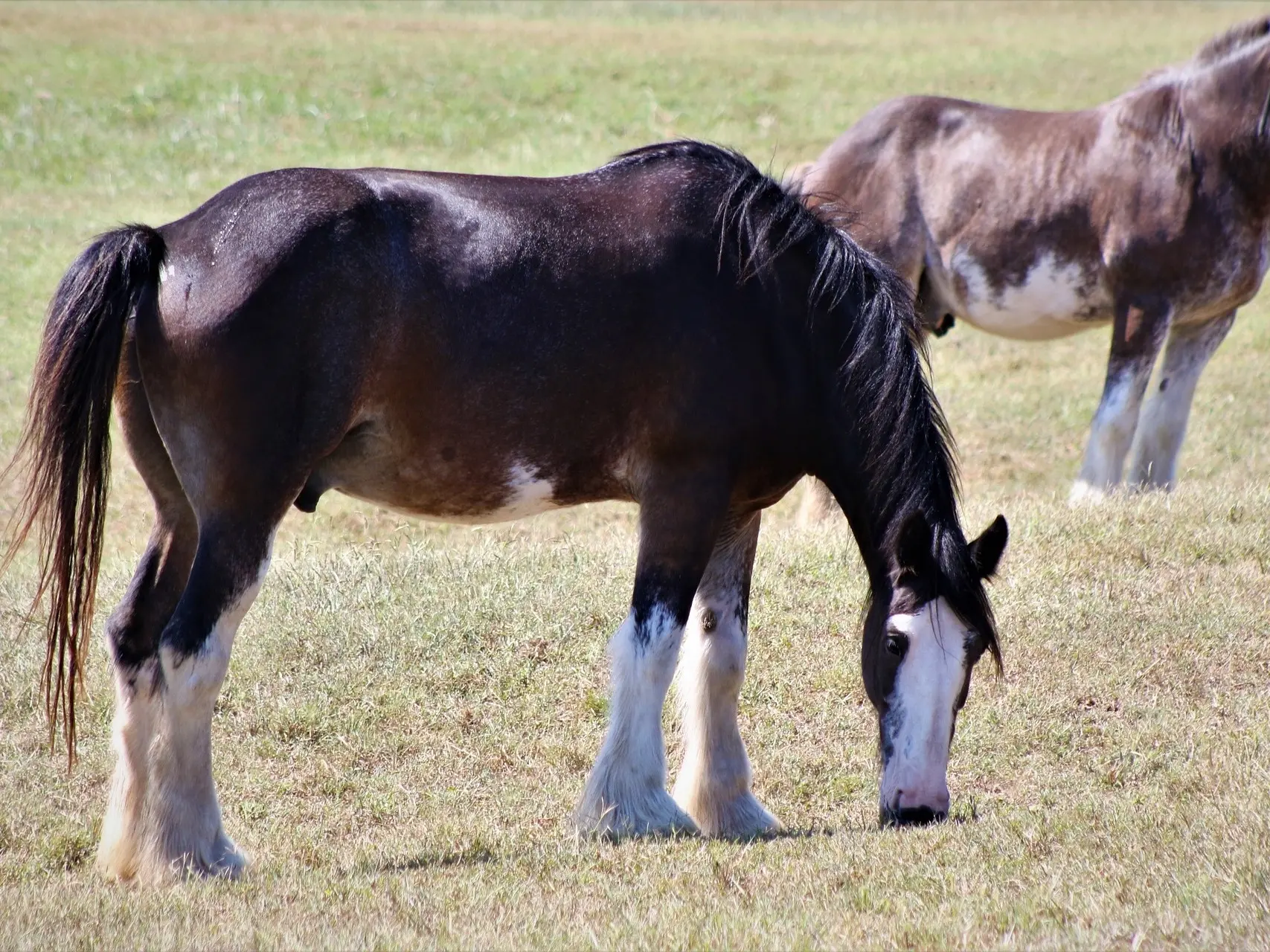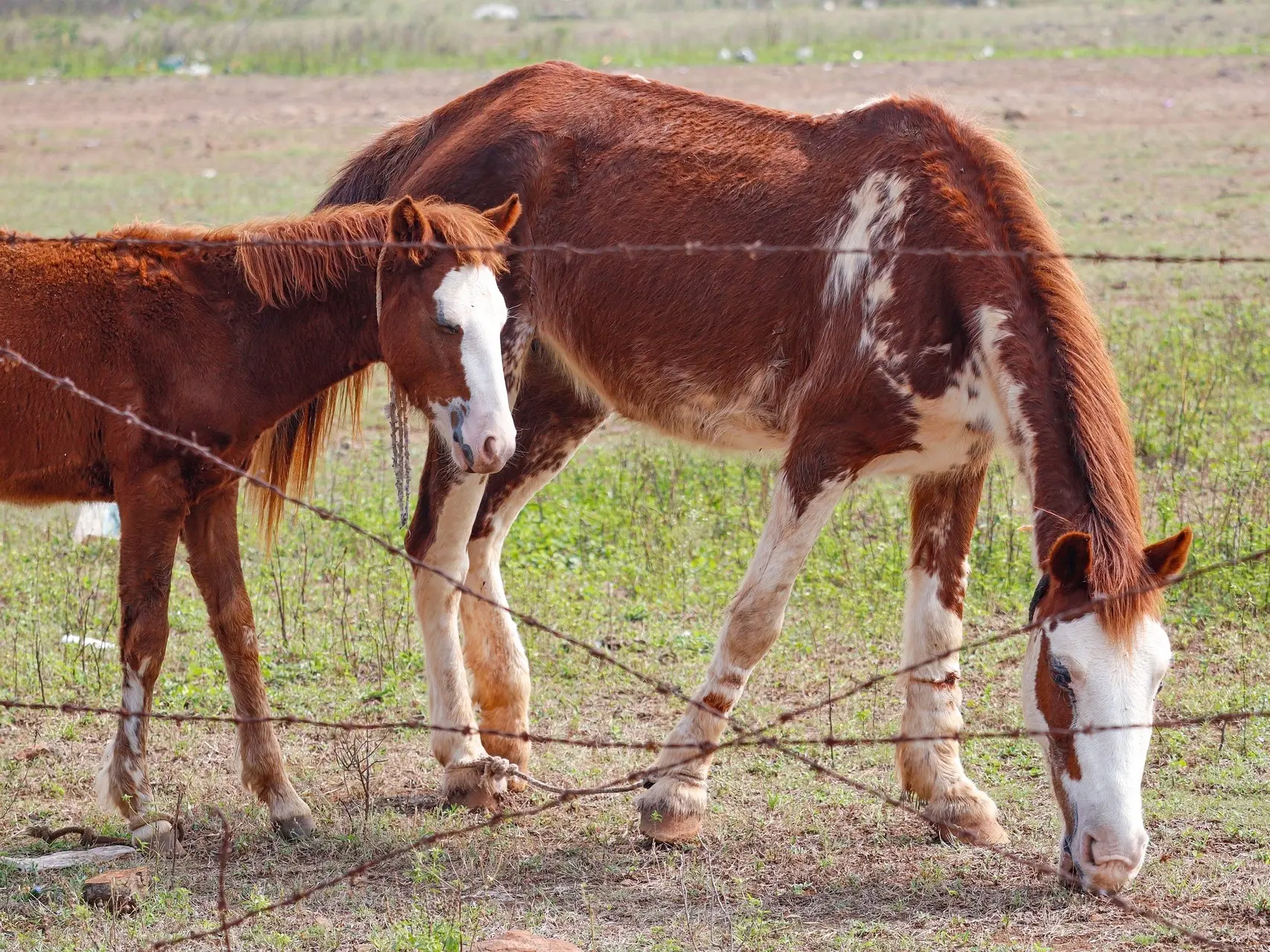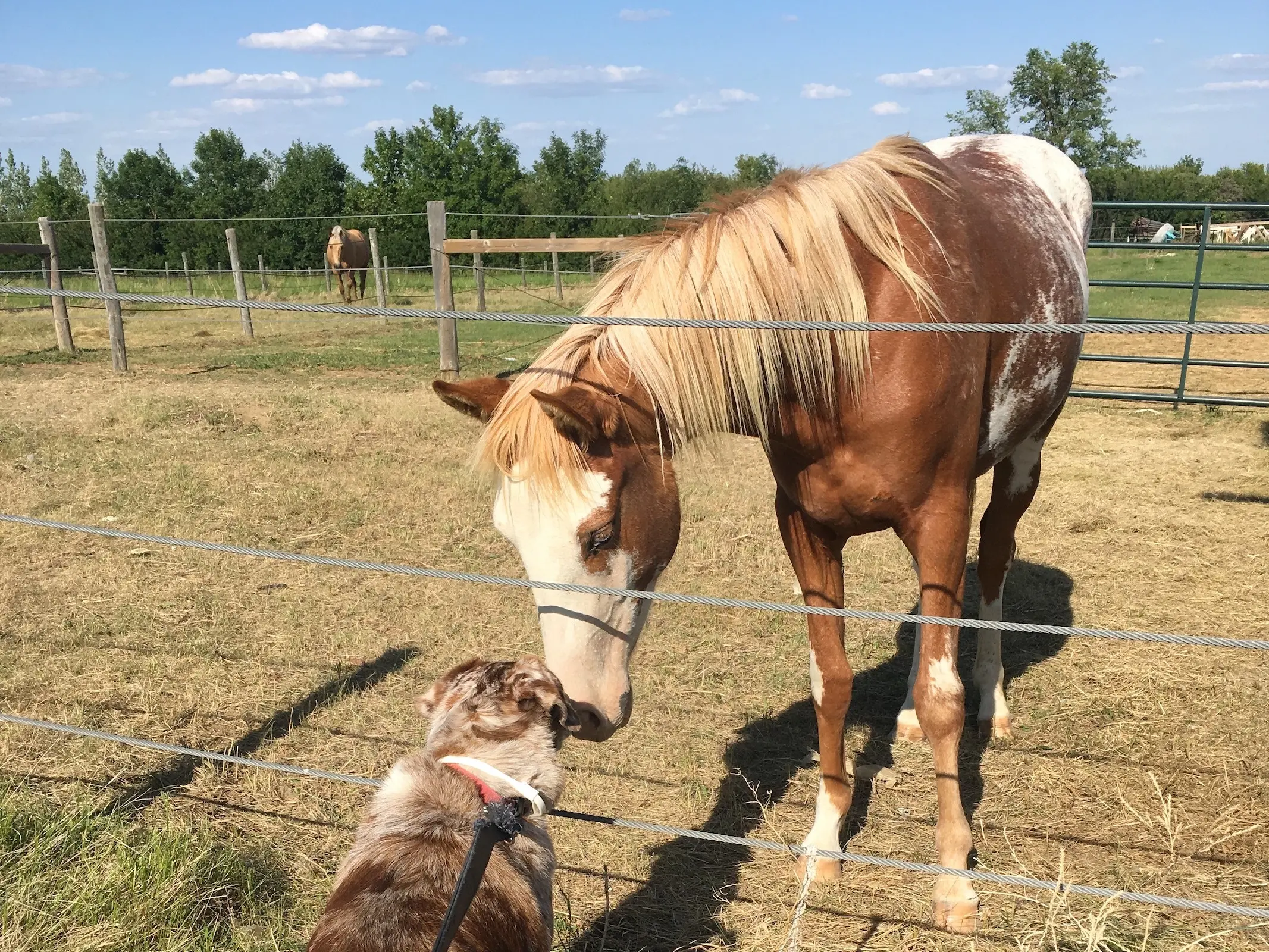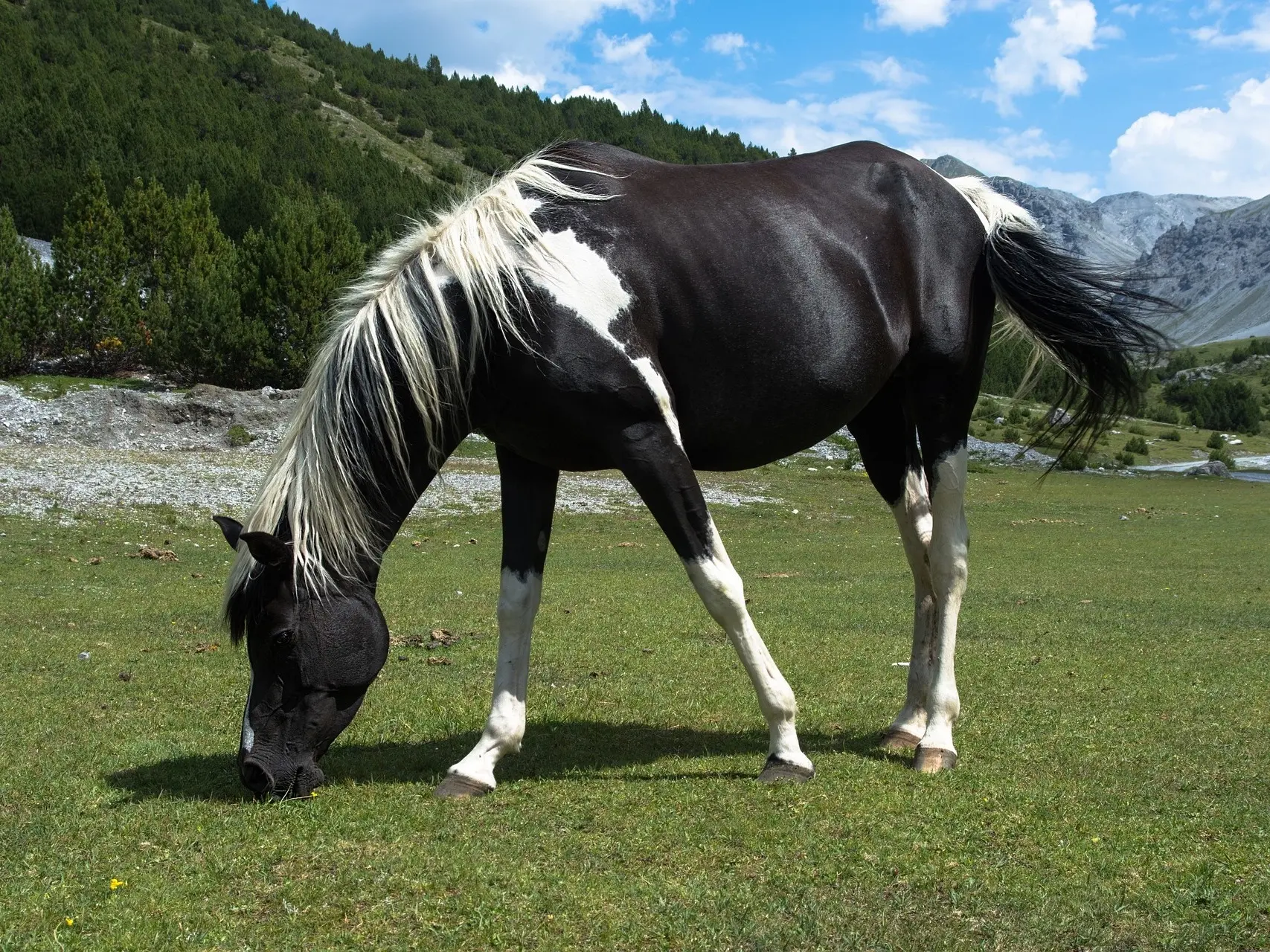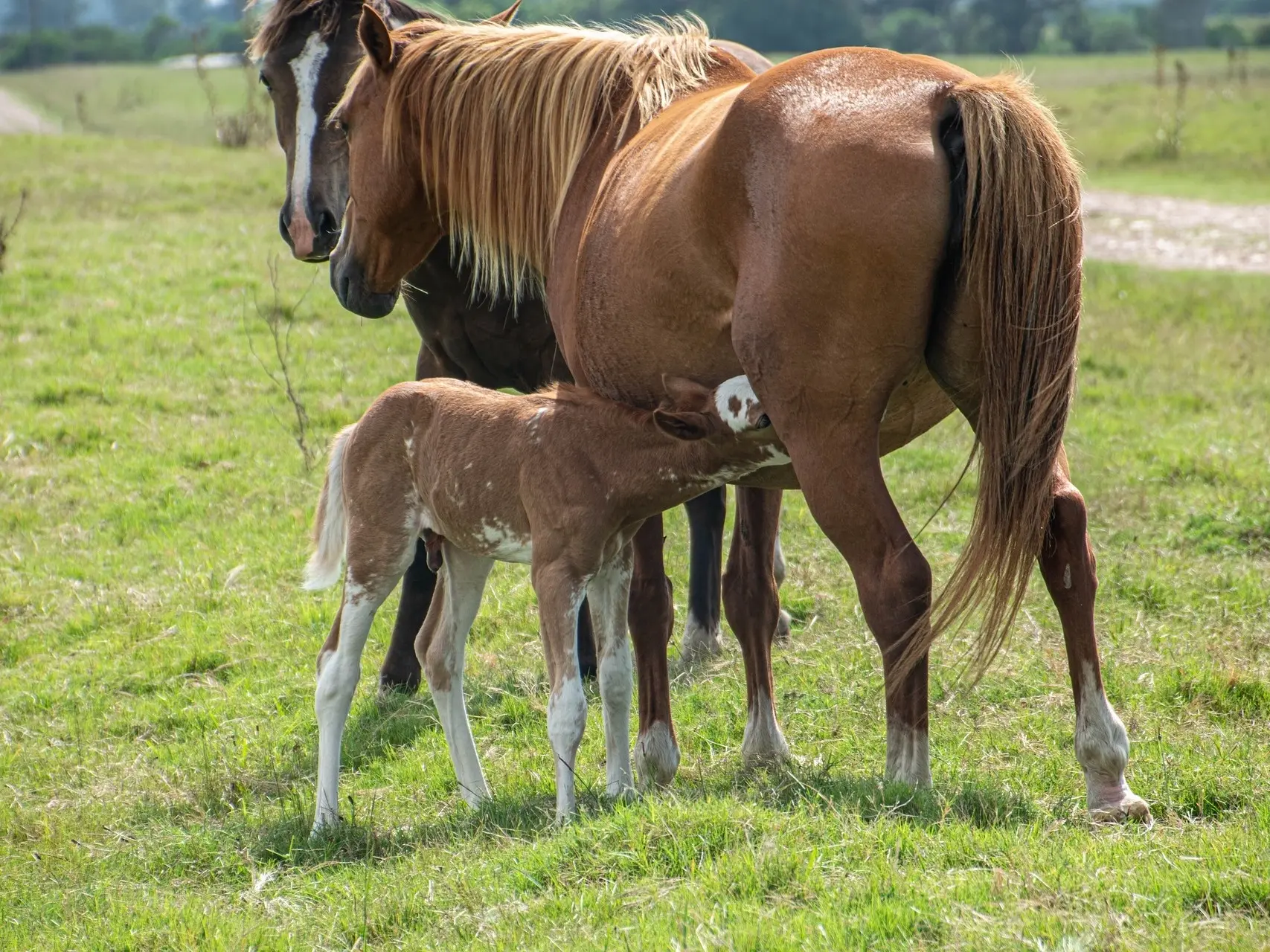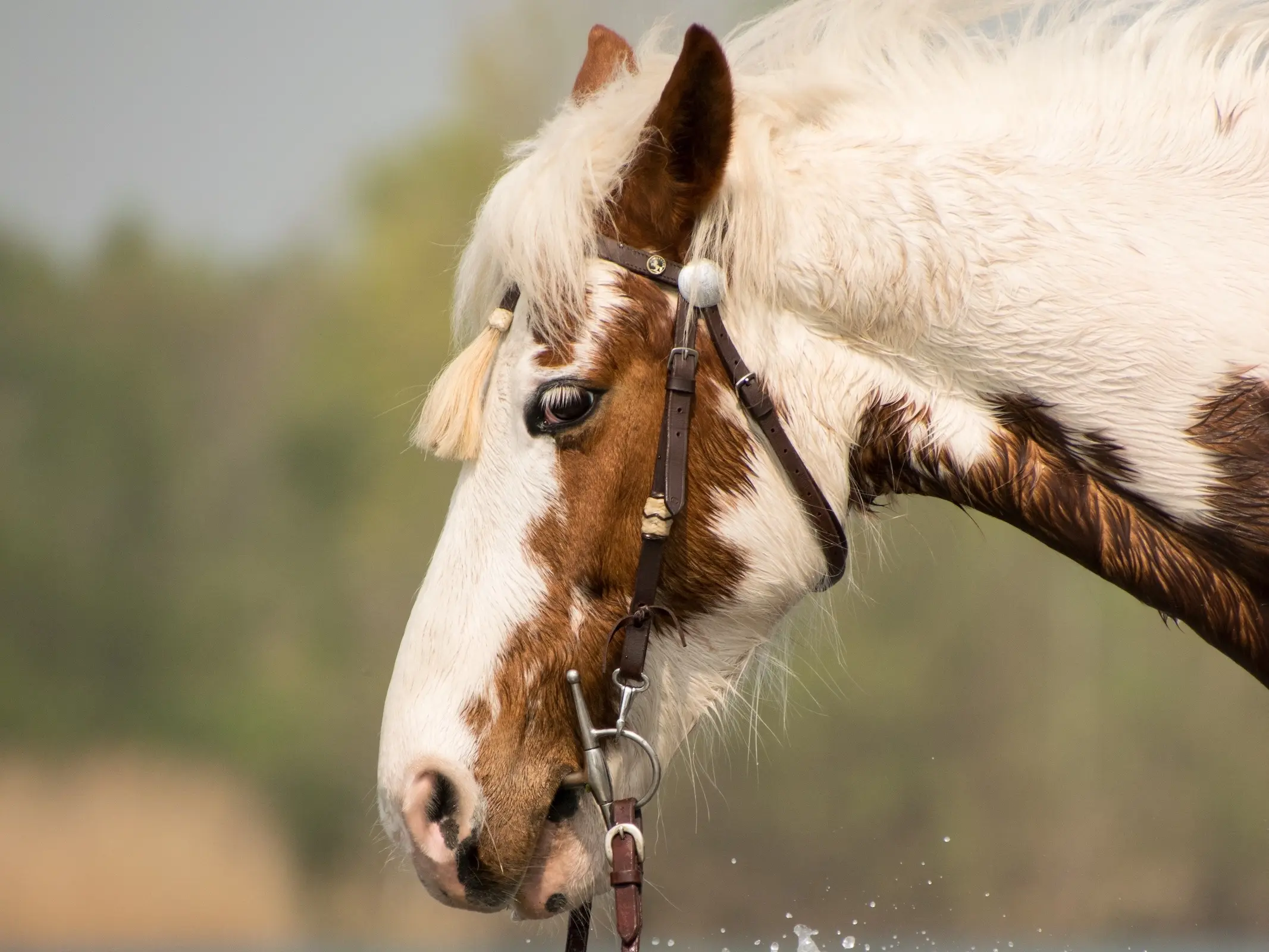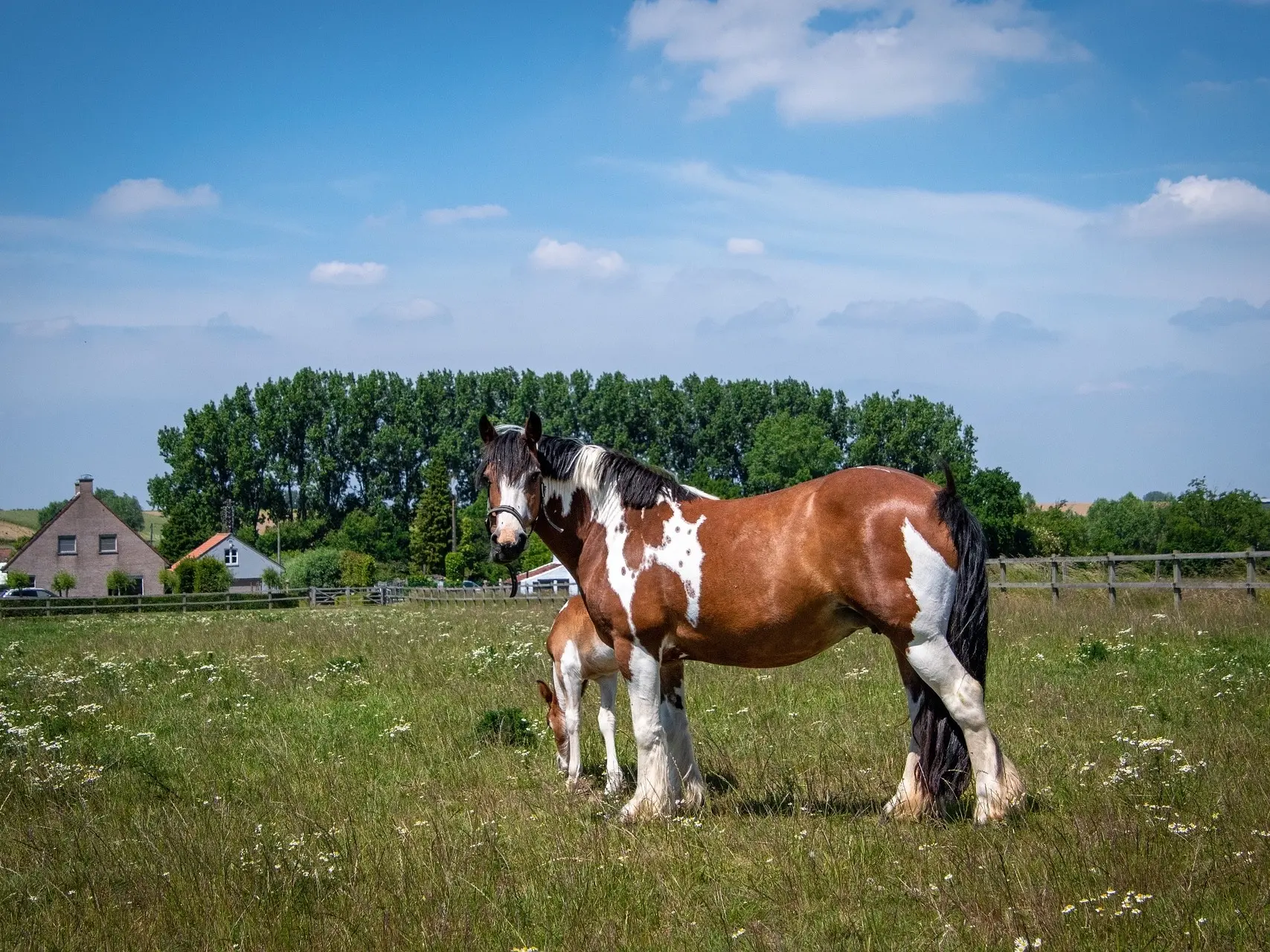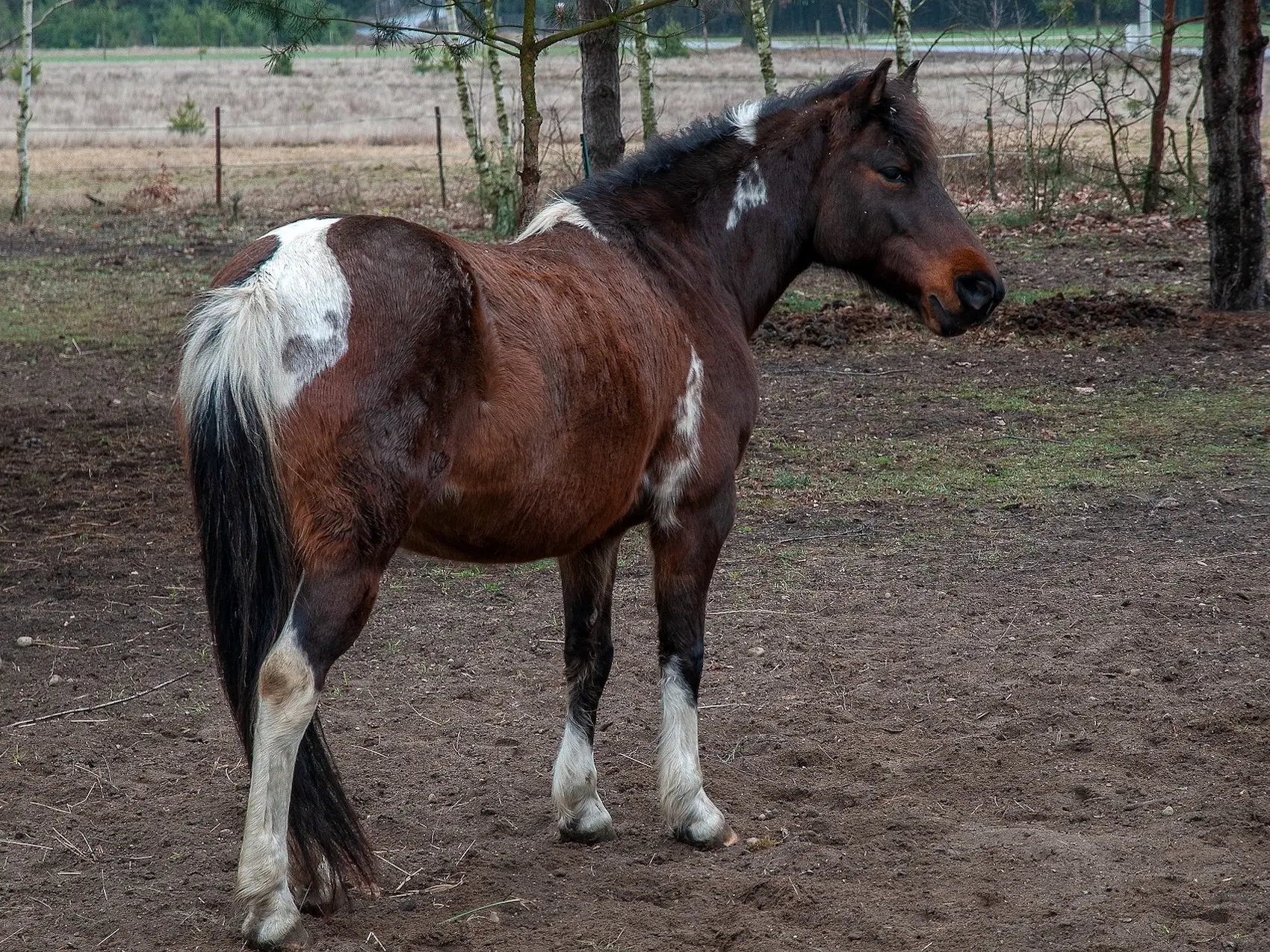When used to refer to pinto patterns, sabino is found in almost all spotted breeds. It is sometimes incorrectly called an overo pattern, but they are genetically distinct. Although their patterning can be similar, there are subtle differences which can help to distinguish them visually. Like most of the pinto patterns, there is quite a range in the patterning seen on sabinos. Minimal expression, called sabano white, can show roaning, speckling, or even a jagged white sock. Maximum expression displays an almost pure white animal.
Defining Characteristics
- White markings are a show of patterns, accompanied by splashes, spots and ticking.
- Most will have have flecks or roaning, which can develop as the horse matures.
- Usually have facial white markings, which range from small to war bonnets, apron or bald faces.
- Badger face is probably the result of a sabino pattern.
- There will ususally be white on the chin or lower lip.
- All types of white leg markings are common and frequently found on all four legs.
- There may also be white patches on solid colored knees
- Can have blue eyes, but it’s not characteristic of the patterning.
Sabino Types
These handsome animals are bred worldwide and there are a few types, mostly found in South America. Criollo breeders have a specific name for sabino animals that are born with minimal markings (usually under the chin and/or belly) but white leg markings, they call it Bragada. In addition there is another sabino pattern called Manchado which is absolutely wild looking, almost like an appaloosa.
Mistaken Identity
The sabino patterns can easily be mistaken for overo (sometimes called calico overo), roan and even solid colored animals, but they are all caused by different genes. It is speculated that sabino genes may be responsible for white markings on many animals that most would consider solid.
Pattern Examples
